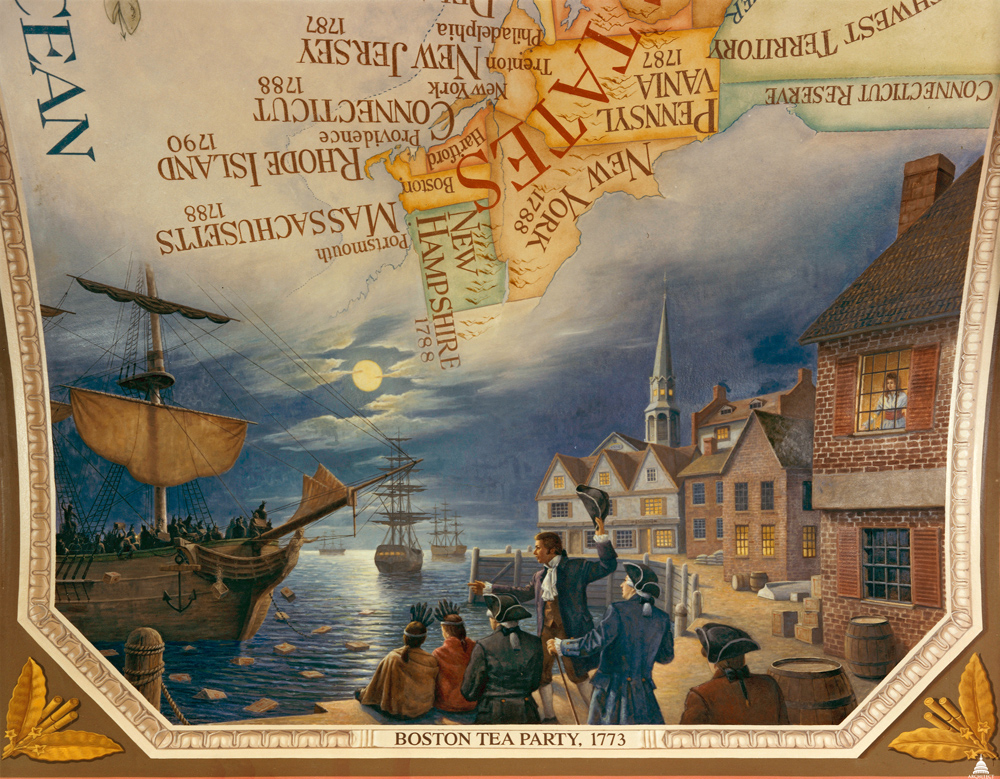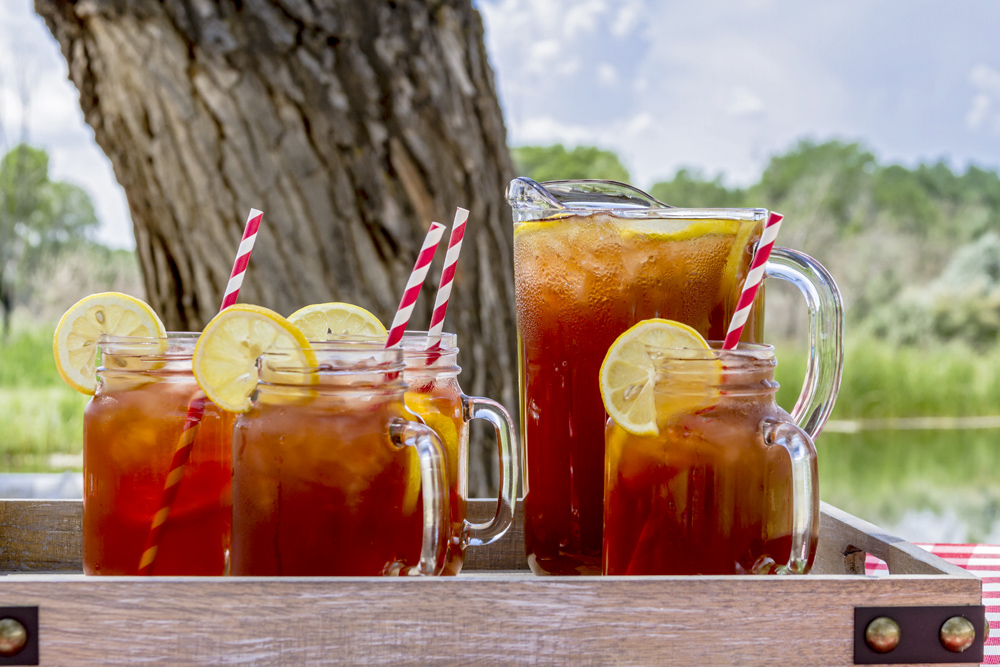History
In 1667, when the British acquired the Dutch colony of New Amsterdam, they were surprised to encounter settlers who drank more tea than the entire population of England. Traders from the Dutch East India Company, who had introduced tea to Europe, had also brought Camellia sinensis to the future city of New York—and to America.
Under British rule, tea continued to play a major role in early American life. In New York and Boston, English-style teahouses sprang up where tea was sold to the public. George Washington drank tea religiously at meals. Paul Revere was a noted craftsman of silver teapots. However, when the English monarchy levied a tea tax on colonies, outraged American settlers reacted by boarding British tea ships and dumping tea into the sea, most famously during the Boston Tea Party of 1773, during which 342 chests of tea were tossed into Boston Harbor, sparking America’s War of Independence.
In the aftermath of the American Revolution, tea drinking—at least in public—was deemed politically incorrect. Independent-minded Americans were encouraged to imbibe brews made of native peppermint, dandelion, and sage. However, as a free nation, the United States initiated trade with China and beginning in 1860 with Japan. Consequently, Americans had access to fine teas until well into the early 20th century when World War II and then the Cold War brought a temporary end to this lucrative Asian tea trade.
Considering Americans’ vaunted practicality, it’s fitting that two seminal inventions, which would impact both domestic and global tea consumption, occurred in the United States. According to legend, it was at the 1904 St. Louis Fair that Richard Blechynden’s improvised dropping of ice cubes into hot tea on a sweltering day led to clamoring crowds—and the birth of iced tea. Four years later, Thomas Sullivan, a New York tea merchant, sent out samples of tea leaves wrapped in white silk bags to prospective clients. After erroneously steeping the bags together with the leaves, the delighted customers demanded that all future orders be packaged in convenient tea bags.
Much of American tea innovation and culture has been guided by convenience. This includes the introduction, in 1946, of the world’s first instant tea by Nestlé USA, made from processing off-grade black and, later, green teas. Meanwhile, in recent decades, the end of the ban on Chinese tea in 1971 coupled with a flood of new immigrants arriving with their own tea customs has contributed to a more diverse tea culture with increasing numbers of Americans experimenting with fine blends of oolong, green, white, black, and herbal teas. With Americans willing to spend more on higher quality teas, tea sales have more than quadrupled between 1995 and 2015. Today, 80 percent of American households stock tea in their cupboards, and half the population drinks tea on a daily basis.
Popular Varieties
Black tea accounts for more than half of the tea drunk in the US, although Americans have traditionally favored lighter, smoother, sweeter blends as well as fruit and herbal teas, which account for close to a quarter of tea consumption. Since 2000, sales of green tea have grown by around 40 percent. Meanwhile, because of increased travel and education, discerning consumers are embracing artisanal as well as oolong, white, and rooibos teas.
How It's Enjoyed
America’s triumvirate of tea inventions—iced tea, tea bags, and instant teas—have had enormous impact on how Americans make and enjoy their tea. In the United States, the vast majority of tea is consumed in tea bags and over 80 percent of tea is iced as opposed to consumed hot. Enjoyed throughout the country during the steamy days of summer, iced tea is beloved year-round in the Southeast. Its popularity is such that when a Southerner asks for “tea,” it’s understood to mean “sweet tea,” made by brewing strong black tea with copious amounts of sugar, which is then diluted and poured over ice. Typically garnished with lemon slices, it’s also sometimes flavored with raspberries or mint. Because iced tea is often served at mealtimes, it’s earned the nickname “table wine of the South.”
Increasingly concerned about the health benefits and provenance of their teas, American consumers, particularly millennials, are seeking out single-origin, artisanal, and organic teas, available at a new generation of specialty tea shops. While there has been a slight increase in Americans who choose loose-leaf over bagged teas for both hot and iced brews, convenience still rules, with over 50 percent of consumers opting for ready-to-drink teas sold in bottles or cans.
Interesting Facts
- There has never been large-scale tea cultivation in the United States, despite early plans by the federal government to establish tea farms in southern states such as South Carolina and Georgia, where a warm climate, a plantation economy, and slave labor were deemed to be favorable. Officials went so far as to hire Robert Fortune, a former smuggler and spy responsible for introducing Chinese tea seeds to India’s Assam region, to bring tea to the United States. While personality conflicts led to Fortune’s firing, subsequent initiatives failed due to unsuitable conditions—low rainfall, altitudes, and the high price of American labor.
 United States
United States 

